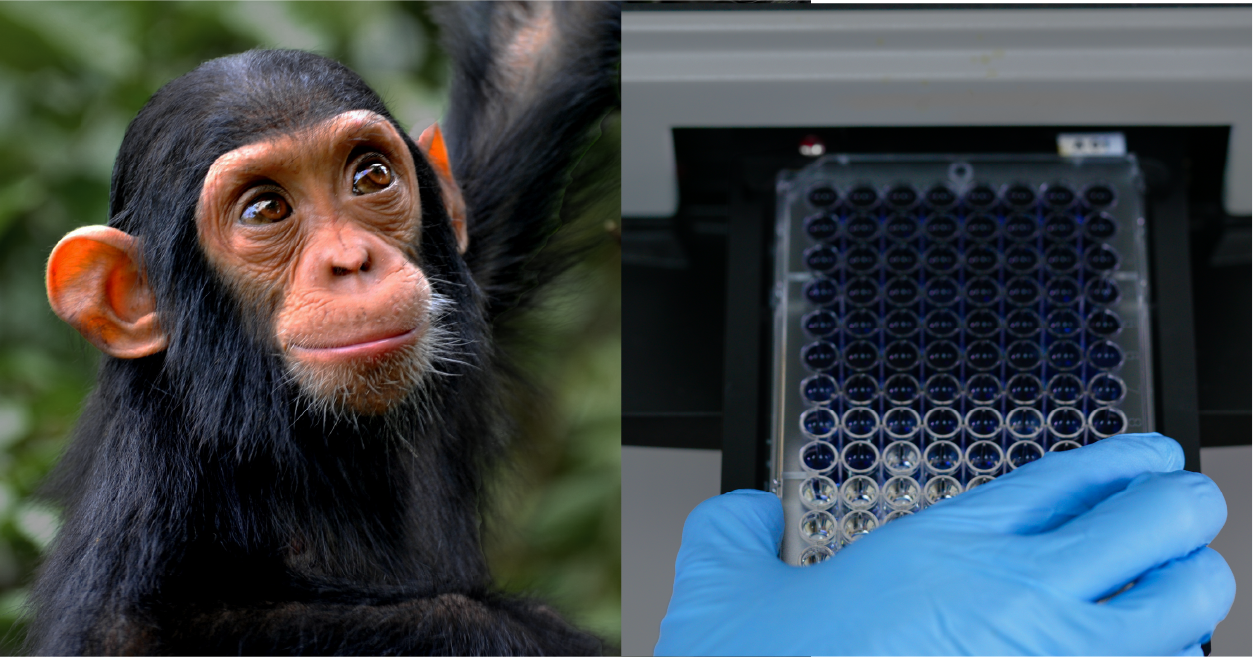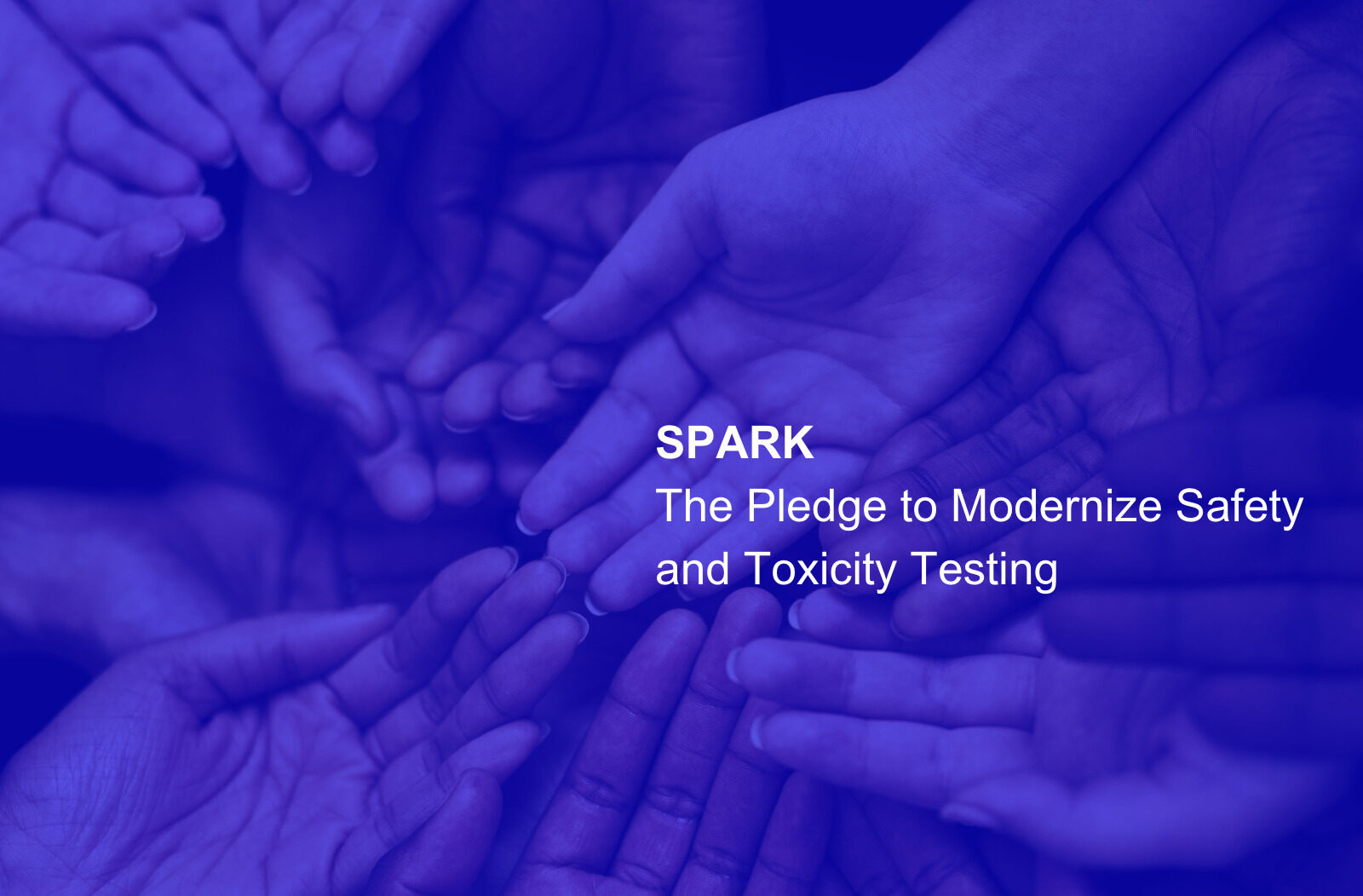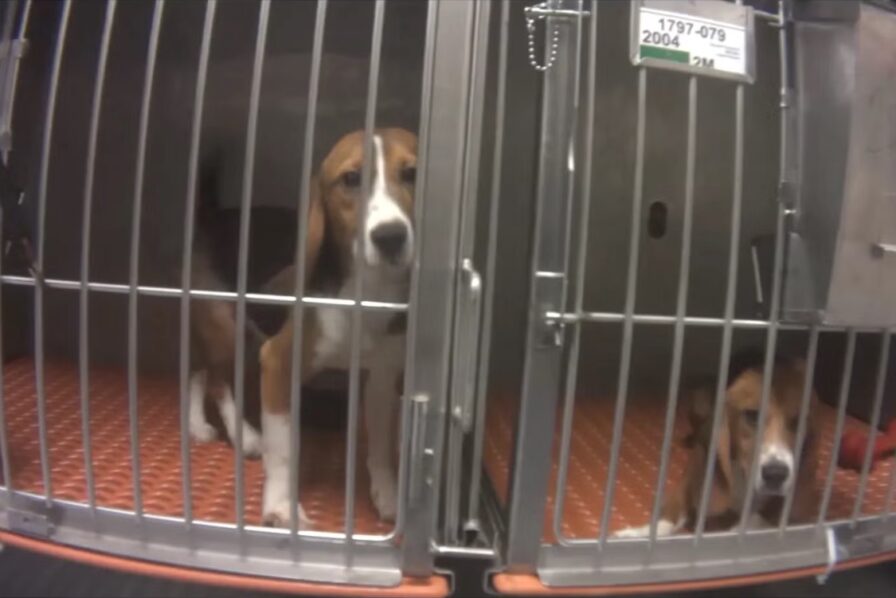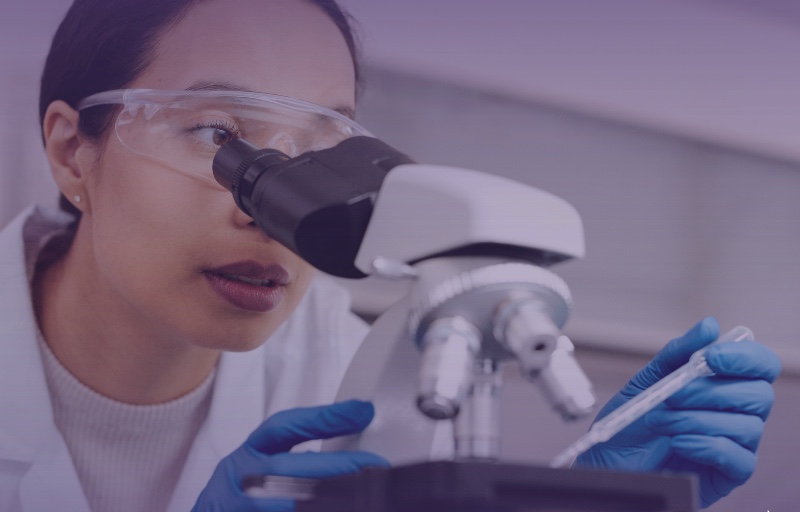The Future of Testing is Humane

Creating the Future of Health with Better Science
The United States Food, Drug & Cosmetic Act is signed into law, requiring some safety substantiation of cosmetic products. This compels companies to begin testing their products on animals.
Draize Irritancy Tests, which require directly exposing animals’ eyes and skin to chemicals, are developed. Considered for decades to be the gold standard for cosmetic safety assessments, these tests cause extensive animal suffering.
The European Centre for the Validation of Alternative Methods is established to oversee the development and acceptance of alternative test methods that reduce, refine and replace the use of animals.
Mattek creates EpiDerm, the original lab-grown human skin, as a functional replacement for the Draize Rabbit Skin Test
Animal protection groups band together to form the Coalition for Consumer Information on Cosmetics. The coalition manages the Leaping Bunny cruelty-free certification program in the United States and Canada.
The European Union officially bans the testing of cosmetics ingredients on animals.
The Organization for Economic Cooperation and Development (OECD) approves non-animal test methods.
| 2006 | Skin Corrosivity |
| 2009 | Eye Irritation |
| 2010 | Skin Irritation |
APRIL
FDA Modernization Act introduced in US House of Representatives
JUNE
Skin Allergy and Phototoxicity
OECD Approval
DECEMBER
The federal Humane Cosmetics Act, legislation to prohibit cosmetics animal testing and the sale of animal-tested cosmetics, is reintroduced in the U.S.
DECEMBER
The FDA Modernization Act 2.0 was passed and signed into law by President Biden. This bill, H.R. 2565 / S.2952, allows pharmaceutical scientists to develop new products using non-animal models including cell-based assays, organ chips and micro physiological systems, sophisticated computer modeling, and other human biology-based test methods.
US States with Bans on the Sale of Animal-Tested Cosmetics
Click around the map to see if your home state has banned the sale of animal-tested cosmetics.
Don’t forget to check back and watch the map continue to grow blue!
Did You Know?
Research
More than 90% of research, often involving animals fails to lead to human treatments.
Trial
95% of new drugs fail in human clinical trials
Spending
The NIH spends approximately $19 billion annually on experiments using animals, nearly half its budget.
![]()
Saving
In 2021, 95,000 laboratory animals were saved with the use of Mattek lab-grown tissues alone.
Mattek Life Sciences. (December 2021)

Trusted by over 500,000 scientists all over the world

Take Action and Commit to The SPARK Pledge Today
The SPARK Pledge is a commitment to replace the use of ineffective and harmful animal experimentation in toxicity and safety testing with more modern, effective solutions. The SPARK Pledge was created to build a cross-sector of companies, organizations, and individuals working together to drive a more sustainable, humane, and scientifically superior process of ensuring the safety of chemicals, pharmaceuticals, and other products. The Pledge is co-sponsored by the Center for Contemporary Sciences (CCS), Mattek, the Lush Prize, and the BICO Group.
Alternatives to Animal Testing
Read the collection of articles below and uncover the impact of human-relevant research so that you can create the future of testing.
Nonhuman animal (“animal”) experimentation is typically defended by arguments that it is reliable, that animals provide sufficiently good models of human biology and diseases to yield relevant information, and that, consequently, its use provides major human health benefits. I demonstrate that a growing body of scientific literature critically assessing the validity of animal experimentation generally (and animal modeling specifically) raises important concerns about its reliability and predictive value for human outcomes and for understanding human physiology. The unreliability of animal experimentation across a wide range of areas undermines scientific arguments in favor of the practice.
The PETA International Science Consortium Ltd. helped fund the development of Mattek Life Sciences’ EpiAlveolar, a first-of-its-kind 3-dimensional model of the deepest part of the human lung. The model, composed of human cells, can be used to study the effects of inhaling different kinds of chemicals, pathogens, and (e-)cigarette smoke.
First discussed in detail by W.M.S. Russell and R.L. Burch 50 years ago in their book, The Principles of Humane Experimental Technique, and now fully integrated into forward-looking publications such as Toxicity Testing in the 21st Century: A Vision and a Strategy, the concept of replacing animals in test procedures with human cells and/or human cell-derived in vitro 3-D tissues is being embraced by the world’s research scientists and toxicologists at an ever-increasing rate. 3-D in vitro models are being utilised not only for humanitarian reasons, but also because human 3-D tissues, in particular, produce more-physiologically relevant scientific data.
Animals are historically poor indicators of human clinical outcomes, but for lack of better methods, animal testing has been required by U.S. regulatory agencies to ensure consumer safety for nearly 100 years. The disadvantage is that rodents, rabbits, and dogs don’t share enough biological and physiological similarities with humans, making the data from animal experiments unreliable and poorly predictive of human outcomes in clinical trials.
The major drivers of the non-animal alternative testing technologies market include technological advances in drug development, ethical concerns on animal experimentations, high costs of animal studies, government programs for non-animal testing, rise in the number of research and development activities, raising investments and research grants for developing alternative technologies, increasing collaborations and partnerships to reduce animal testing, non-animal testing methods in the cosmetics industry are gaining traction, and increasing social awareness against animal cruelty.
The Better Science Bulletin
A Relevant Alternative to Testing Women’s Personal Care Products

Good Clean Love is advocating for the use of a 3D human tissue model developed by Mattek as a more relevant alternative to testing women’s personal care products than animals.
“There are currently so many problems with women’s healthcare products. Partly, because they depend on archaic animal testing to approve new products. A lot of research shows that animal testing results do not provide an accurate reflection of safety.”
Wendy Strgar, CEO at Good Clean Love





